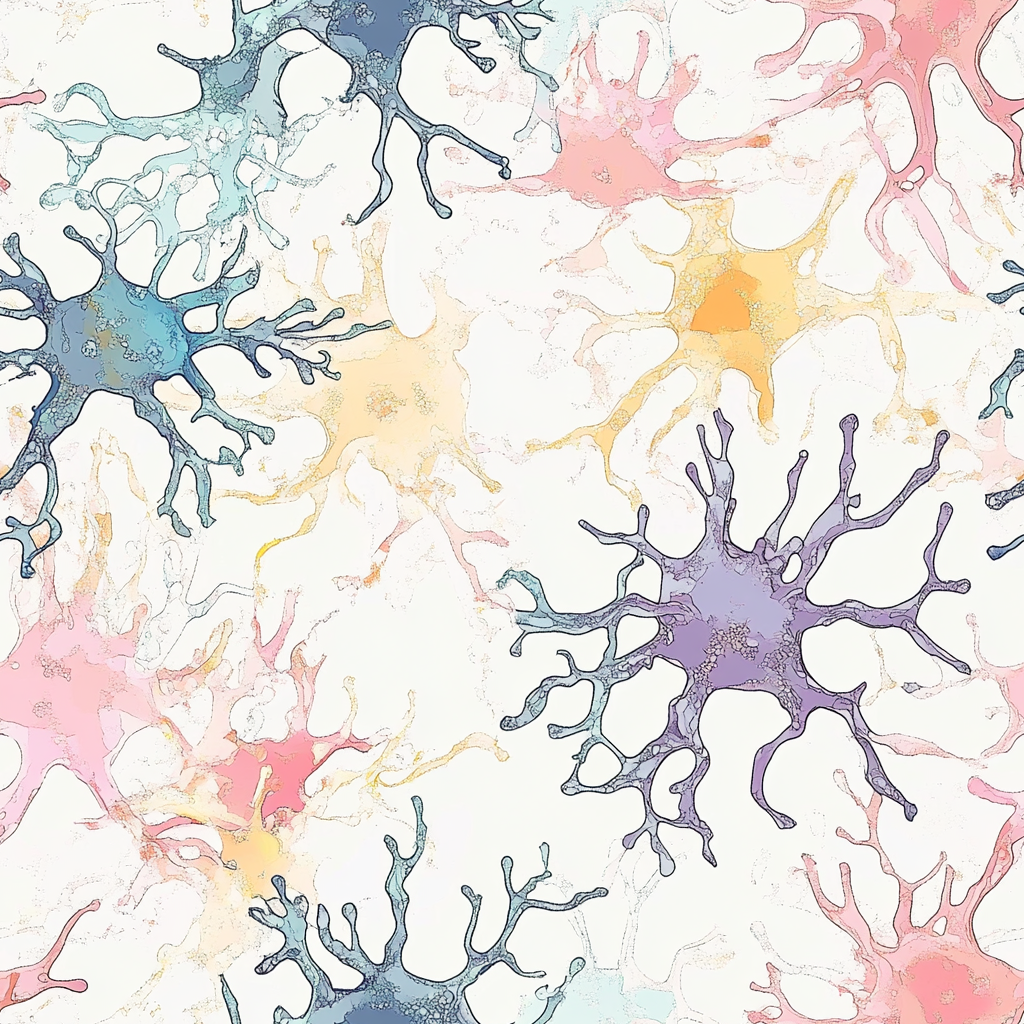
Anti-Tumor Immunity In High-Grade Glioma
High-grade gliomas (HGG) are the most common primary malignant brain tumors in adults and are among the most common cancer-related deaths in children. These tumors, which diffusely invade normal brain tissue, are extremely difficult to treat due to their unique biological characteristics. They have highly proliferative tumor cells, leaky and immature blood vessels, limited lymphocyte infiltration, and an abundance of immune suppressive tumor associated macrophages. Unfortunately, even with maximum safe resection, it is impossible to completely surgically resect HGGs as they invade normal brain tissue in a tentacle-like fashion. Therefore, we are reliant on radiation therapy and chemotherapy which often cause irreversible deleterious side effects. We are then left with experimental therapeutics, which while promising, still have not provided relief to patients battling these diseases. There is an urgent need to develop novel therapeutics that prolong patient survival and minimize unwanted side effects.
Our research is especially focused towards pediatric high-grade gliomas (pHGG). pHGGs often arise in delicate regions of the brain such as the midline or brainstem, which renders them too risky to surgically resect. Further, due to the negative side-effects of radiation therapy which can cause irreversible long-term damage to the developing brain, patients with pHGG are left with very little options and very little hope. Our lab’s mission is to study how pHGGs hijack the immune system for their own benefit, allowing the tumors to grow while evading being killed by the body’s own defenses. Using this knowledge we strive to then develop novel therapies disrupting these mechanisms of immune evasion while utilizing both arms of the patient’s own immune system - the innate and adaptive immune responses.
The innate immune response dominates pHGGs. There is an overwhelming abundance of “tumor associated macrophages” (TAMs), which in many cases can comprise up to half of all cells in the tumor. TAMs are comprised of brain resident microglia and blood-borne monocyte derived macrophages and together their mission is to eliminate tissue damage in the brain. Unfortunately, TAMs get tricked by the tumor to support tumor growth through a variety of mechanisms, including by suppressing the adaptive immune response. Further, tumor cells in pHGG can acquire native features and behaviors of normal brain cells including forming signaling interactions with neurons which masks their identity, making them harder for the immune system to detect as an unwanted neighbor in their own backyard. We are studying these mechanisms in great detail to identify vulnerabilities that can be targeted therapeutically. We are interested in a microscopic and macroscopic approach towards studying these tumors, gleaning insights from research in the neurodegeneration field. What is unique about the tumor microenvironment that allows pHGGs to shut down the immune response? How does the systemic anti-tumor immune response fail to mount proper tumor killing? We utilize immune-competent models of glioma, cutting edge experimental methods, and patient tissue samples to answer these questions in great detail with the goal of one day providing hope for patients with this dismal disease.
